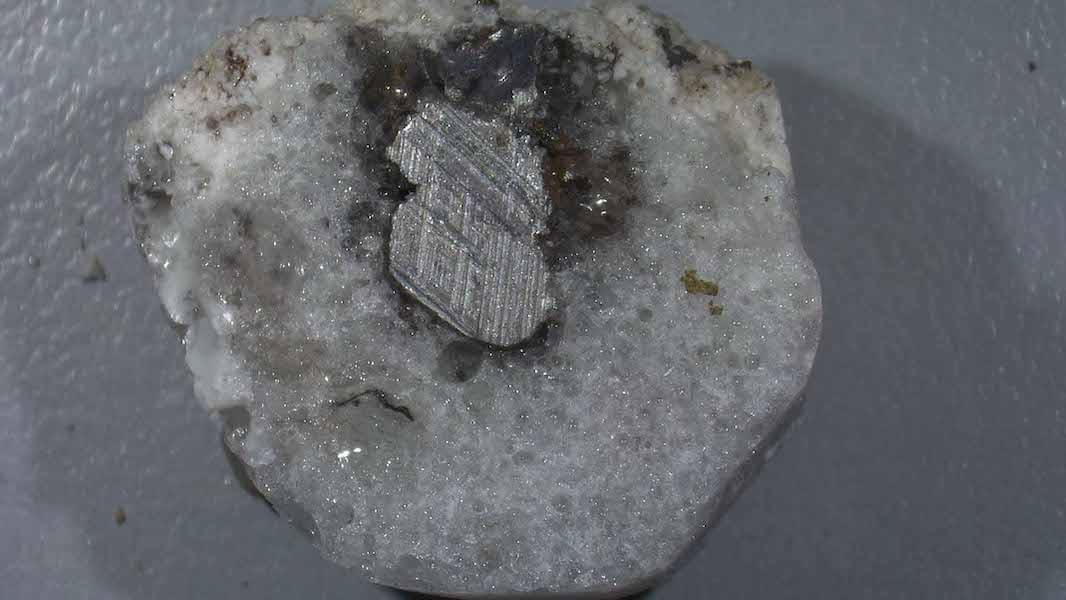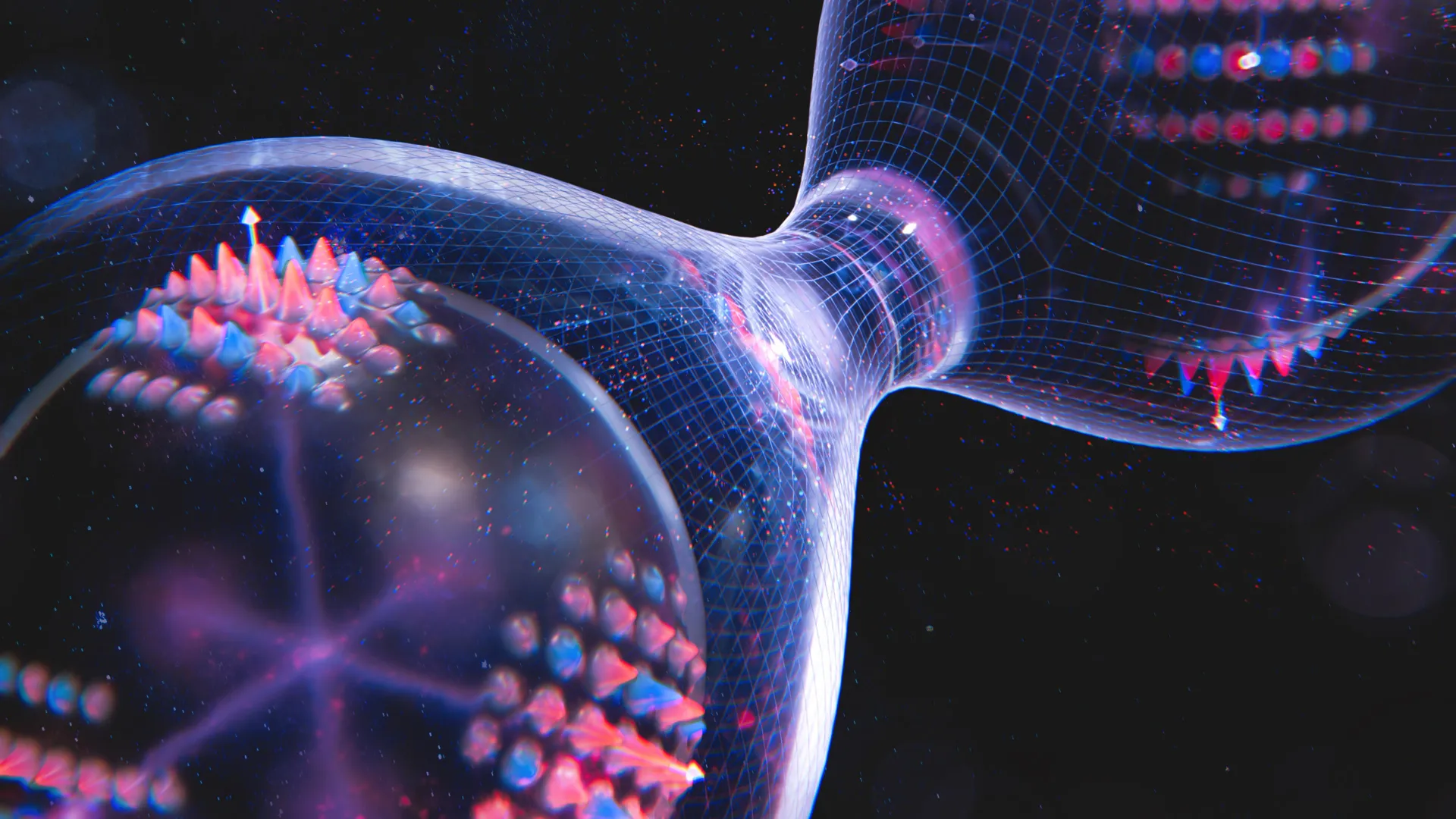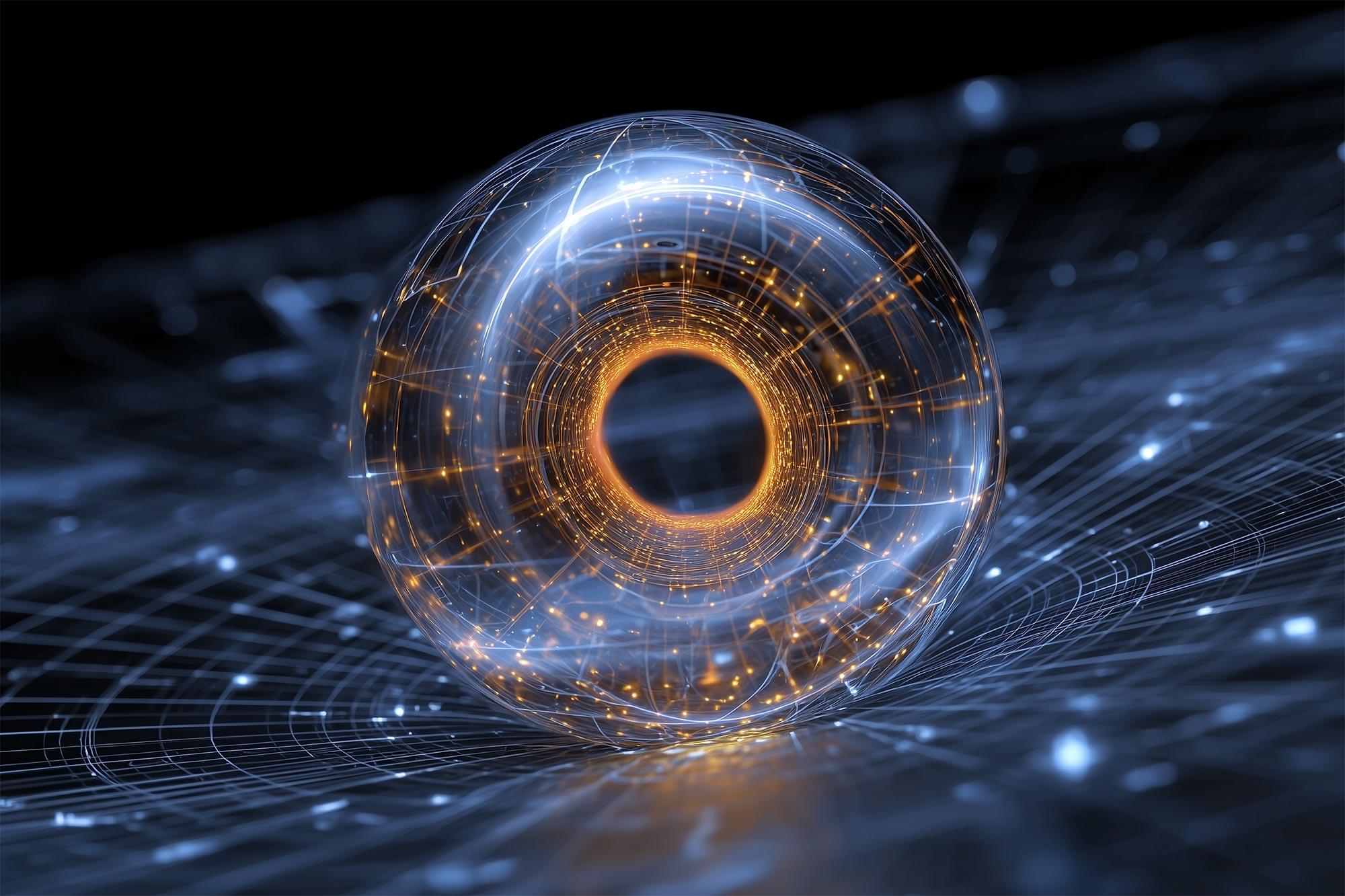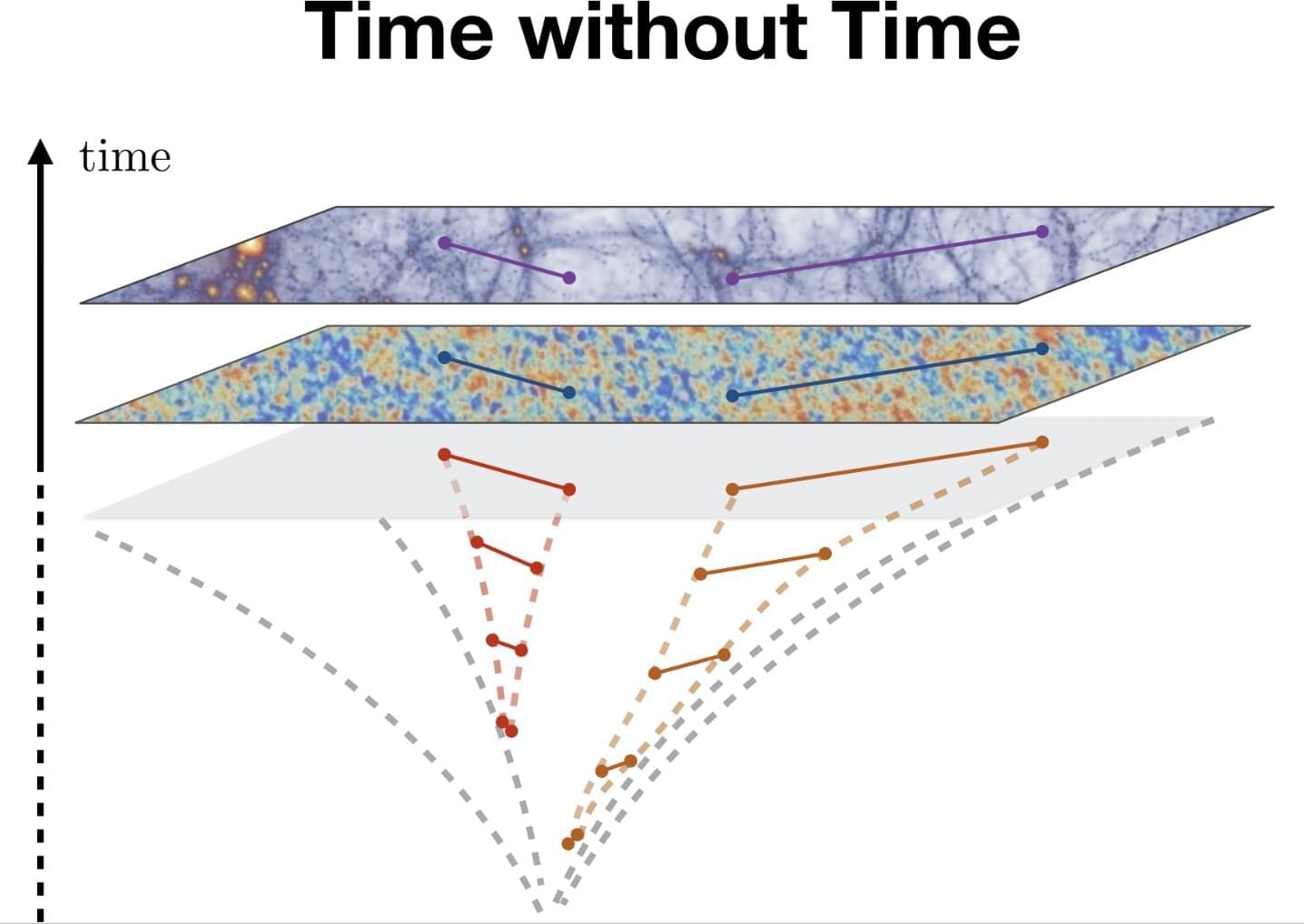According to Gartner, the worldwide end-user spending on all IT products for 2024 was $5 trillion. This industry is built on a computing fabric of electrons, is fully software-defined, accelerated — and now generative AI-enabled. While huge, it’s a fraction of the larger physical industrial market that relies on the movement of atoms. Today’s 10 Read Article
Category: particle physics

Quasicrystals can be formed by lightning
Scientists have found a very rare mineral, which they call a dodecagonal quasicrystal, which probably formed when lightning struck near a fallen power line in a sandy region of the United States. The discovery is surprising, because until now experts doubted that such structures could form on Earth in natural conditions.
Quasicrystals are made of atoms arranged in an ordered fashion, but without the periodic repetition of a simple geometric form that is found in normal crystals. They only form in extreme temperature and pressure conditions. Because of their structure, they have magnetic and electric properties that are not found in either crystals or amorphous solids and could prove useful for many applications.
A rock discovered in Nebraska proves that a strong electrical discharge can form these exotic materials that are rarely seen in nature.

RIKEN launches international initiative with Fujitsu and NVIDIA for “FugakuNEXT” development
Quasicrystals (QCs) are fascinating solid materials that exhibit an intriguing atomic arrangement. Unlike regular crystals, in which atomic arrangements have an ordered repeating pattern, QCs display long-range atomic order that is not periodic. Due to this ‘quasiperiodic’ nature, QCs have unconventional symmetries that are absent in conventional crystals. Since their Nobel Prize-winning discovery, condensed matter physics researchers have dedicated immense attention towards QCs, attempting to both realize their unique quasiperiodic magnetic order and their possible applications in spintronics and magnetic refrigeration.
Although theoreticians have long expected the establishment of antiferromagnetism in select QCs, it has yet to be directly observed. Experimentally, most magnetic iQCs exhibit spin-glass-like freezing behavior, with no sign of long-range magnetic order, leading researchers to question whether antiferromagnetism is even compatible with quasiperiodicity — until now.
In a groundbreaking study, a research team has finally discovered antiferromagnetism in a real QC. The team was led by Ryuji Tamura from the Department of Materials Science and Technology at Tokyo University of Science (TUS), along with Takaki Abe, also from TUS, Taku J. Sato from Tohoku University, and Max Avdeev from the Australian Nuclear Science and Technology Organisation and The University of Sydney. Their study was published in the journal Nature Physics on April 11, 2025.
Quasicrystals are intriguing materials with long-range atomic order that lack periodicity. It has been a longstanding question whether antiferromagnetism, while commonly found in regular crystals, is even possible in quasicrystals. In a new study, researchers have finally answered this question, providing the first definitive neutron diffraction evidence of antiferromagnetism in a real icosahedral quasicrystal. This discovery opens a new research area of quasiperiodic antiferromagnets, with potential applications in spintronics.


STAR Data Reveal ‘Splash’ of the Quark-Gluon Plasma
Many groups of scientists studying jets at RHIC have focused on a phenomenon known as jet quenching, an apparent suppression of energetic jets emerging from the QGP. The idea is that jets are losing energy through their interactions with the QGP.
RHIC’s measurements of jet quenching to date have focused primarily on the most energetic, leading jet particles, because they are straightforward to measure. However, such leading particles provide only limited insight into the process. The new results from STAR reconstruct a wider correlated spray of particles making up the jets, revealing much more detail about how the QGP is “excited” and responds to the jet — and where the “lost” energy goes.
The new analysis, for the first time, included the reconstruction of jets produced back-to-back with photons.



New quantum navigation device uses atoms to measure acceleration in 3D
In a new study, physicists at the University of Colorado Boulder have used a cloud of atoms chilled down to incredibly cold temperatures to simultaneously measure acceleration in three dimensions—a feat that many scientists didn’t think was possible.
The device, a new type of atom “interferometer,” could one day help people navigate submarines, spacecraft, cars and other vehicles more precisely.
“Traditional atom interferometers can only measure acceleration in a single dimension, but we live within a three-dimensional world,” said Kendall Mehling, a co-author of the new study and a graduate student in the Department of Physics at CU Boulder. “To know where I’m going, and to know where I’ve been, I need to track my acceleration in all three dimensions.”
The researchers published their paper, titled “Vector atom accelerometry in an optical lattice,” this month in the journal Science Advances. The team included Mehling; Catie LeDesma, a postdoctoral researcher in physics; and Murray Holland, professor of physics and fellow of JILA, a joint research institutebetween CU Boulder and the National Institute of Standards and Technology (NIST) (More information about the new quantum GPS)
A new quantum device could one day help spacecraft travel beyond Earth’s orbit or aid submarines as they navigate deep under the ocean with more precision than.

A new perspective on how cosmological correlations change based on kinematic parameters
To study the origin and evolution of the universe, physicists rely on theories that describe the statistical relationships between different events or fields in spacetime, broadly referred to as cosmological correlations. Kinematic parameters are essentially the data that specify a cosmological correlation—the positions of particles, or the wavenumbers of cosmological fluctuations.
Changes in cosmological correlations influenced by variations in kinematic parameters can be described using so-called differential equations. These are a type of mathematical equation that connect a function (i.e., a relationship between an input and an output) to its rate of change. In physics, these equations are used extensively as they are well-suited for capturing the universe’s highly dynamic nature.
Researchers at Princeton’s Institute for Advanced Study, the Leung Center for Cosmology and Particle Astrophysics in Taipei, Caltech’s Walter Burke Institute for Theoretical Physics, the University of Chicago, and the Scuola Normale Superiore in Pisa recently introduced a new perspective to approach equations describing how cosmological correlations are affected by smooth changes in kinematic parameters.

X Particles Detected Inside LHC for the First Time Ever!
Physicists at the LHC have recently identified a collection of approximately one hundred “X particles” originating from the early moments of the Big Bang. These findings, which may lead to a deeper understanding of the universe, have been published in the Physical Review Letters journal.
Particle accelerators bring particles into high-speed collisions. The largest of these is the Large Hadron Collider (LHC), located near Geneva. The purpose of these experiments is to simulate aspects of the Big Bang and to examine how matter behaves under those conditions.
In recent years, these high-energy collisions have led to the discovery of several theorized particles. More recently, physicists have detected about a hundred short-lived “X particles,” so named due to their mysterious structures, amid billions of elementary particles.